Report this entry
More from the same community-collection
Secret War Dogs In Vietnam - 1960 - 1969
Photograph - was presented by Chuck Steward who was a member of ...
Cpl. Victor A. Flores - Vietnam - 1969
"I graduated from Bel Air High School and was 19 years old, when ...
Robert Lewis Hall - Vietnam - 1966
SP4 Hall, Robert Lewis Robert (Bob-o) Lewis Hall was born and ...
After Vietnam - Fernando Villela - 1973
"After Vietnam - Celebrating Life"! "Got out in December 1971 ...
Jose Antonio "Tony" Garcia - Vietnam - 1968
"My name is Jose Antonio "Tony" Garcia, and I am a native El ...
Sgt. Jesus R. Vasquez - Vietnam - 1965
Jesus Roberto Vasquez went to San Juan Elementary School (now ...
Jesus Roberto Vasquez - Marine - 1965
Jesus Roberto Vasquez's Platoon in training camp - Jesus Roberto ...
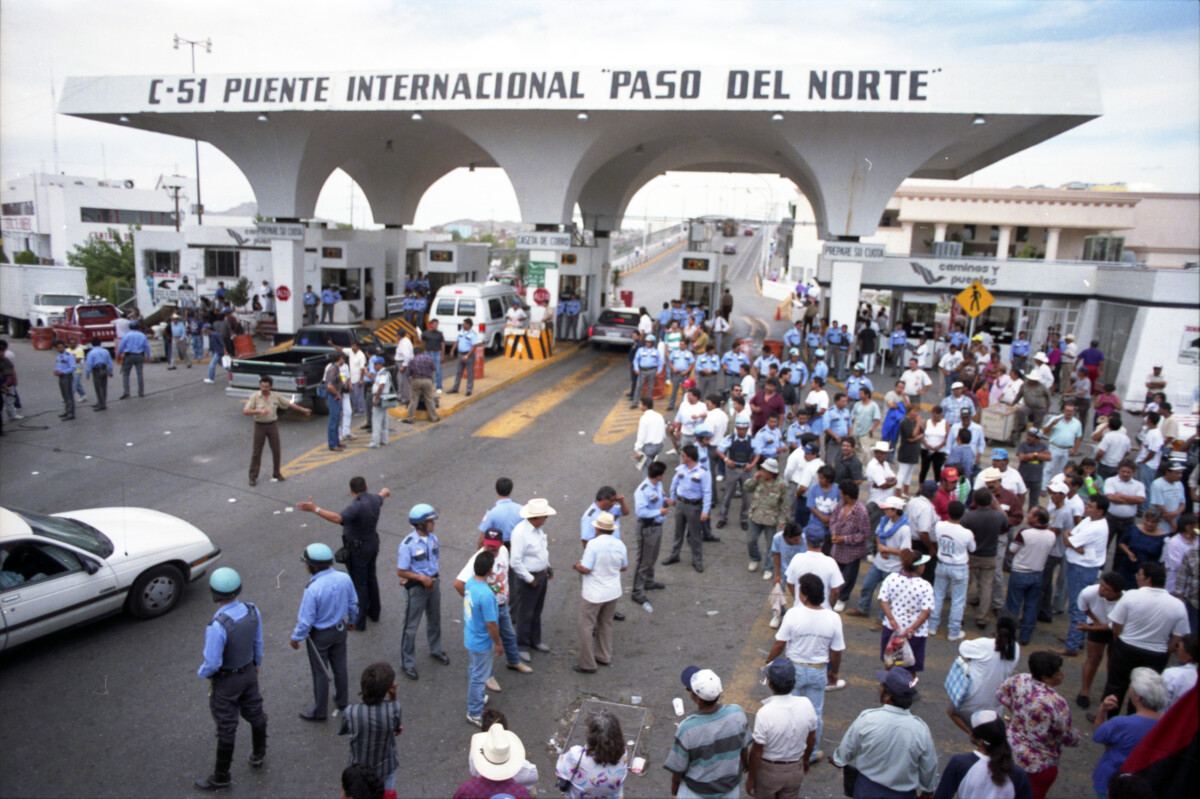
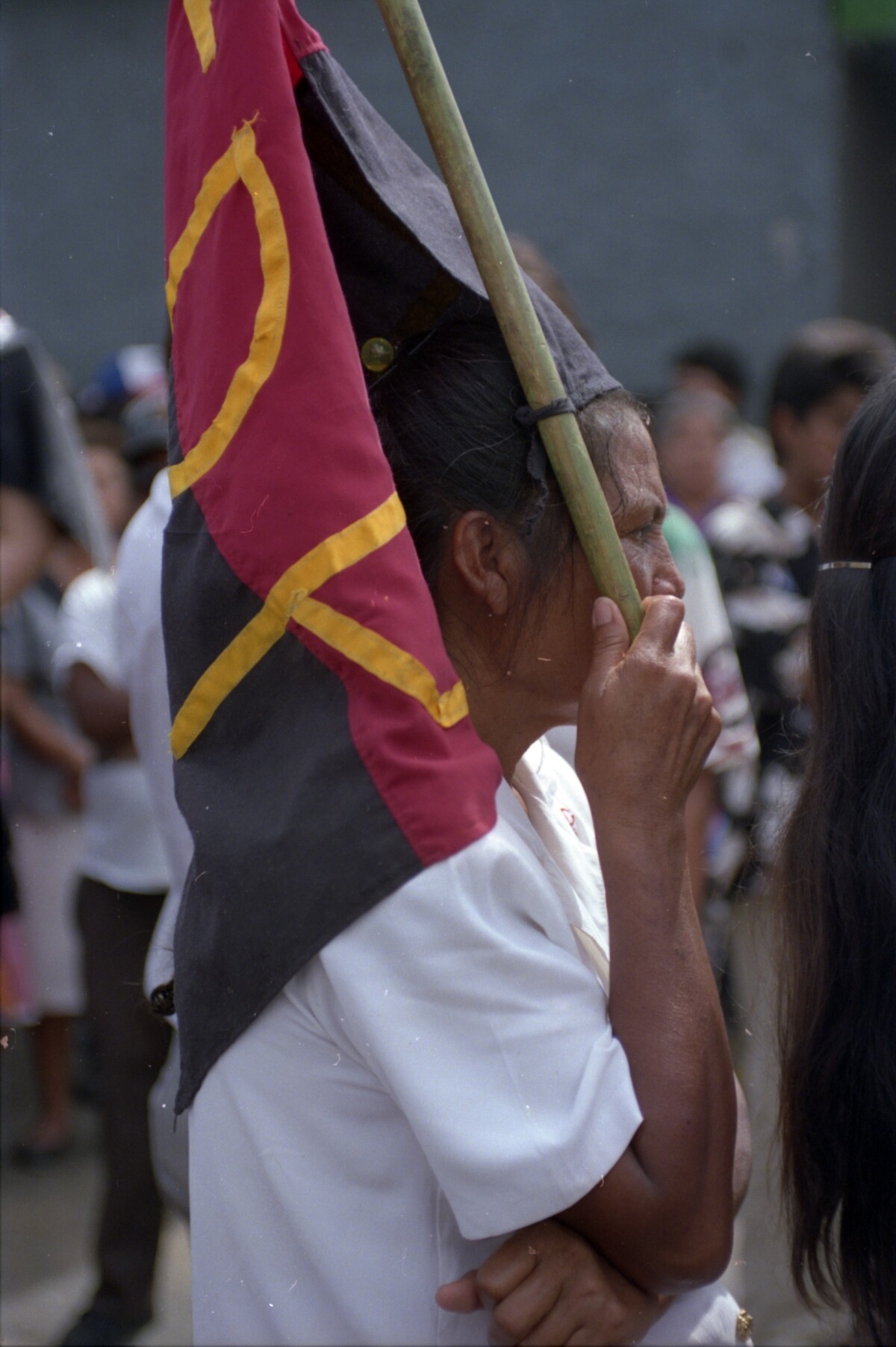

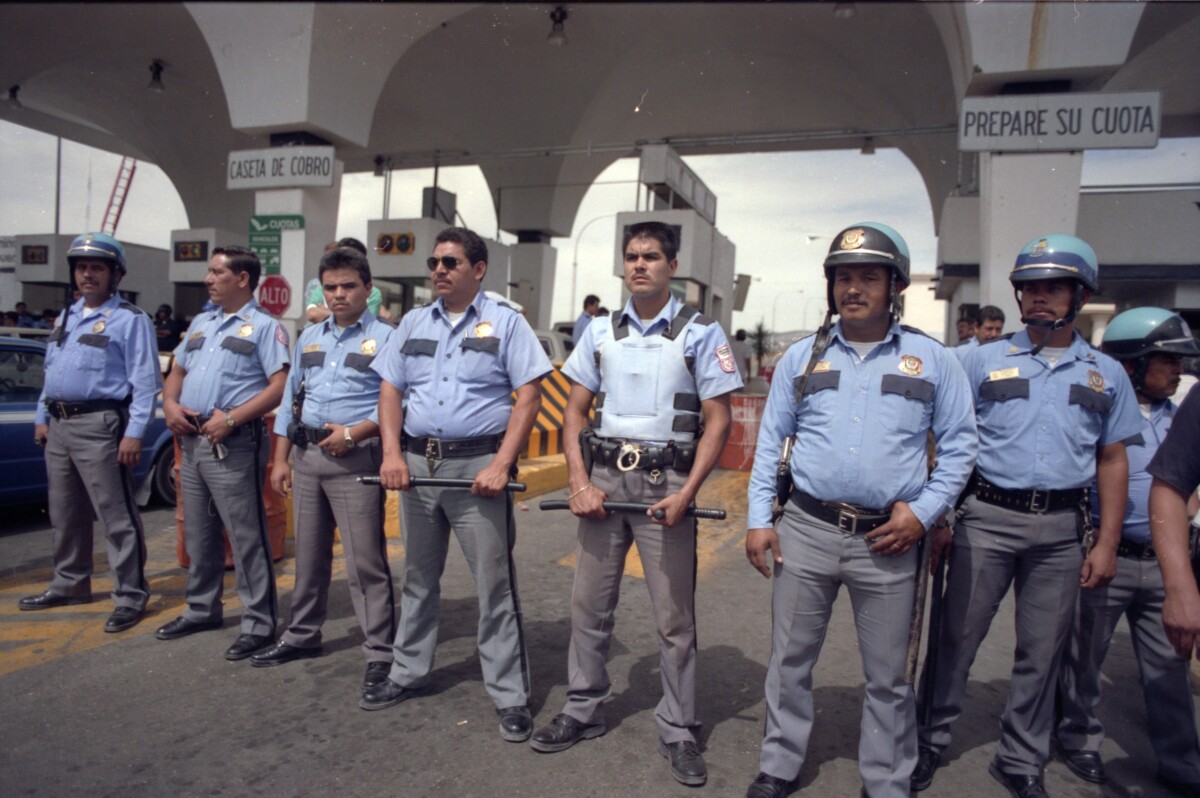
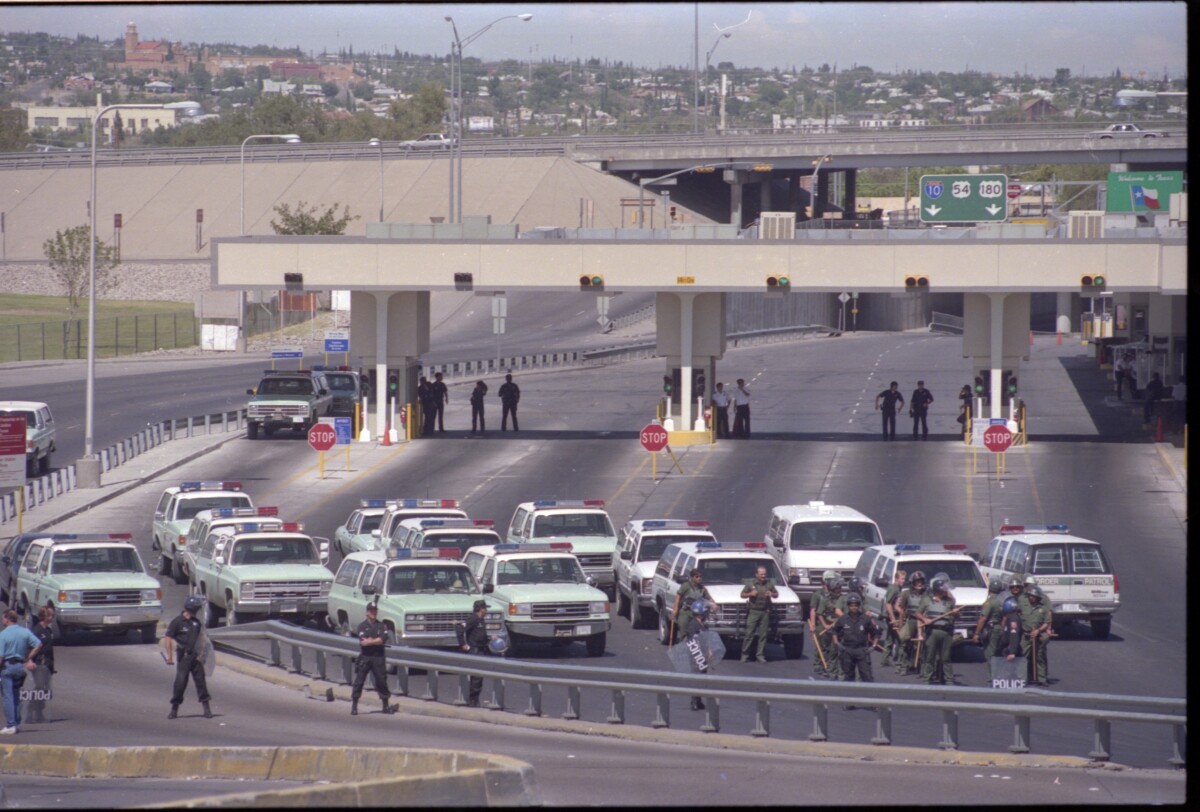

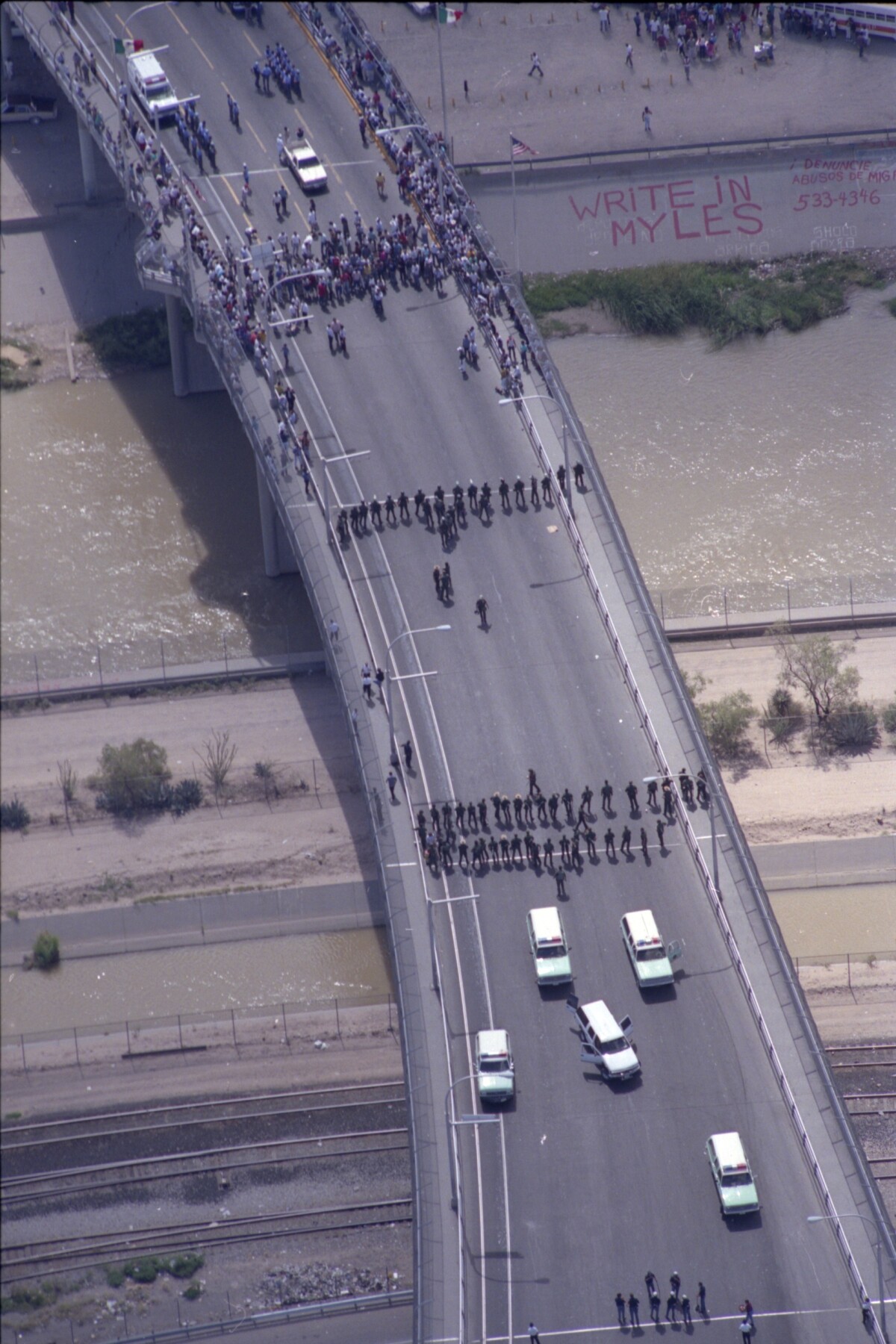
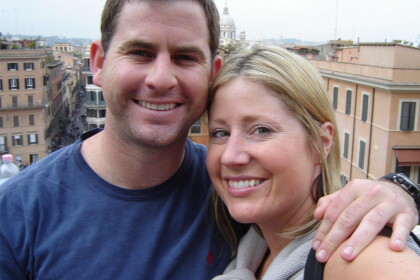
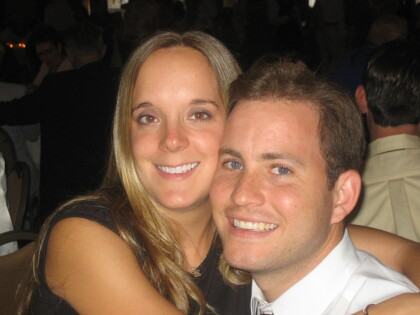
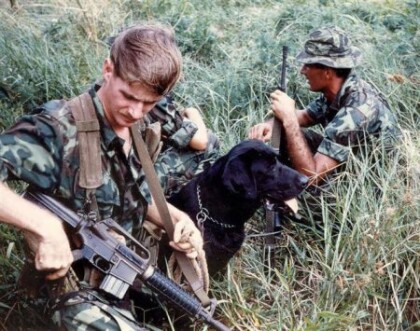
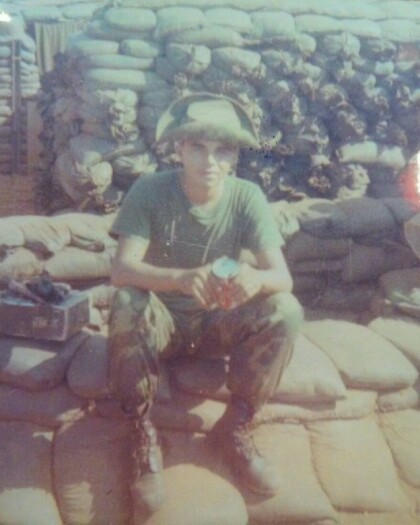
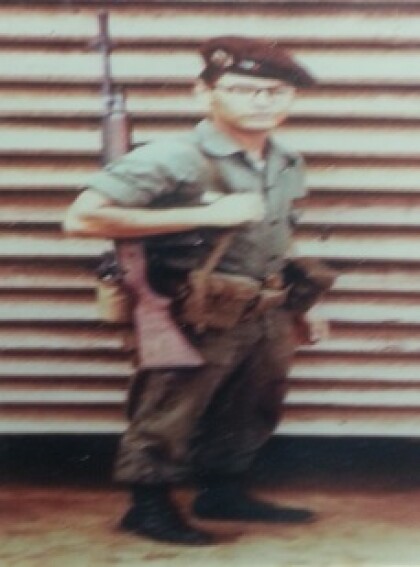
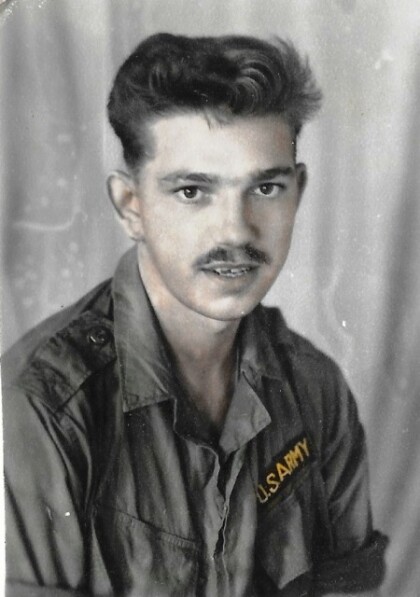
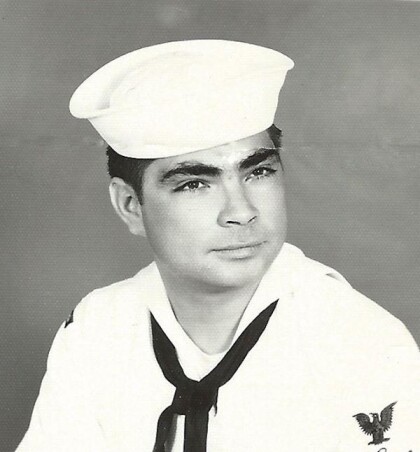
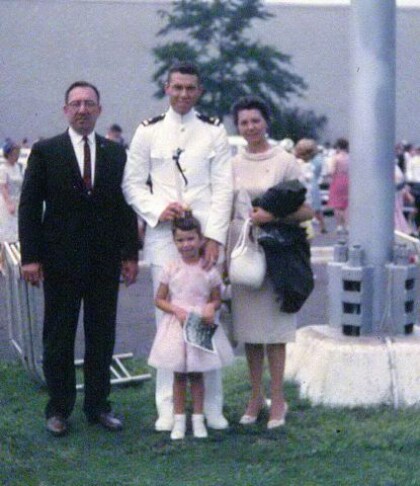
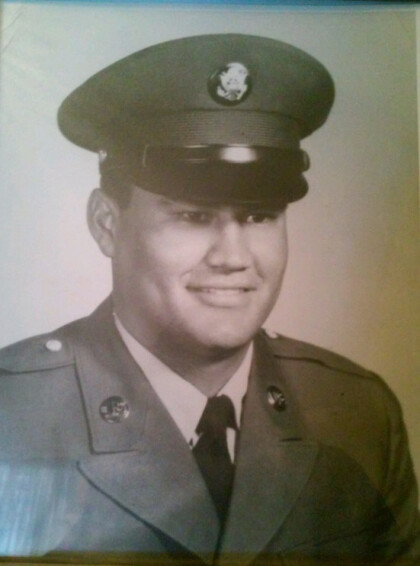
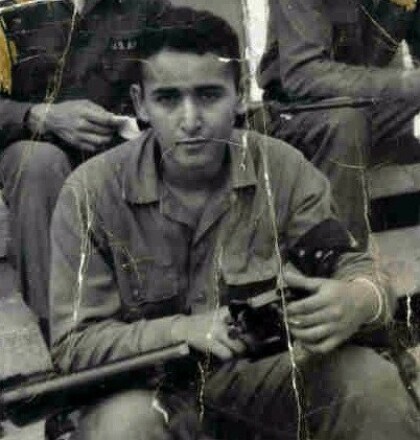
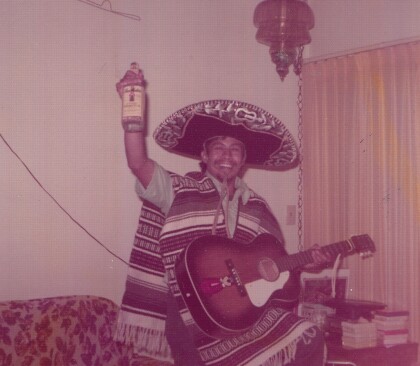
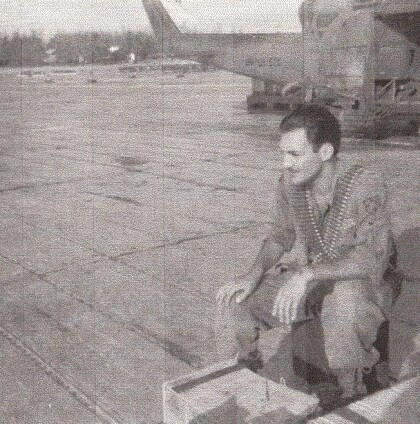

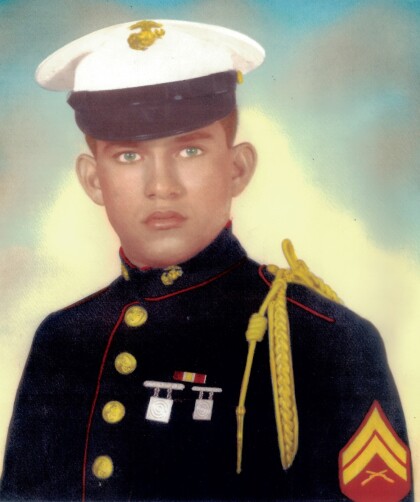
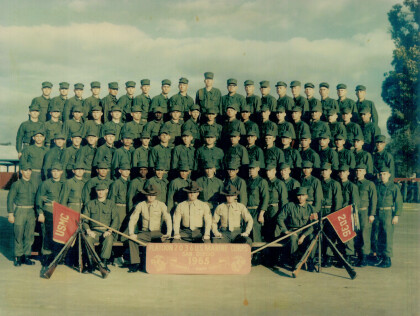
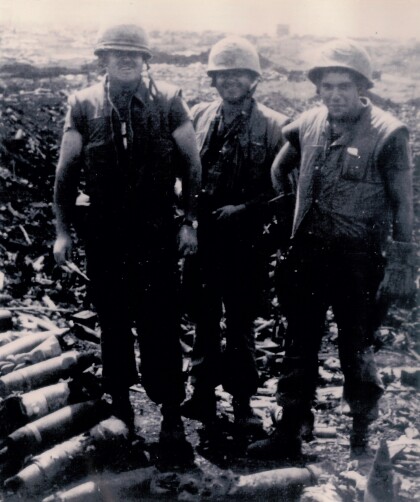
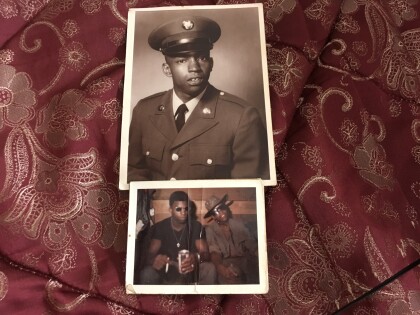
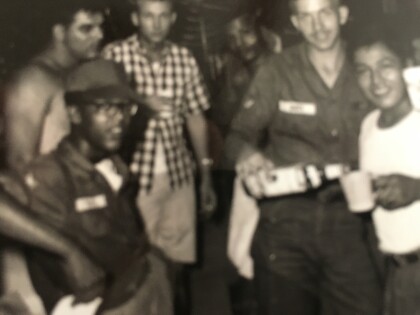
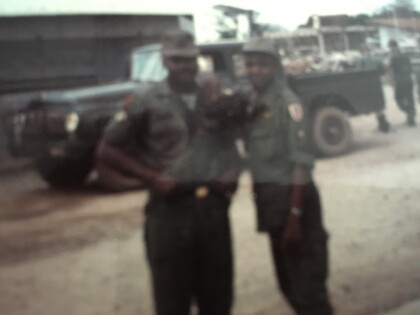
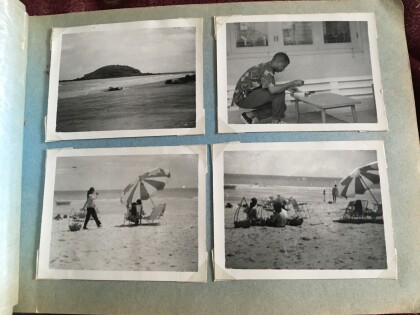
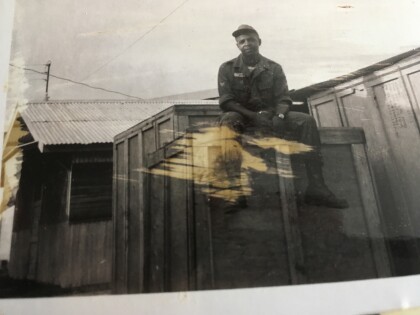
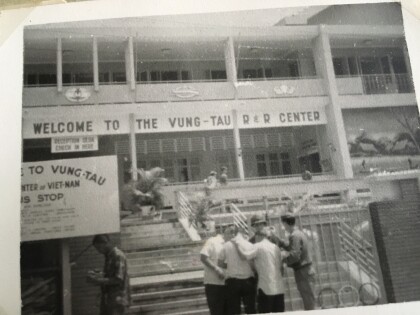
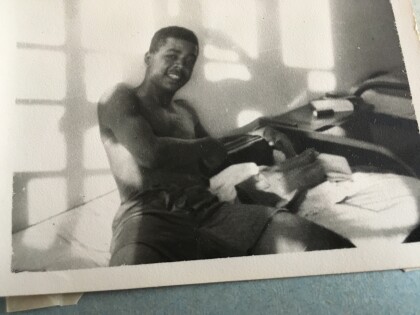
Comments
Add a comment